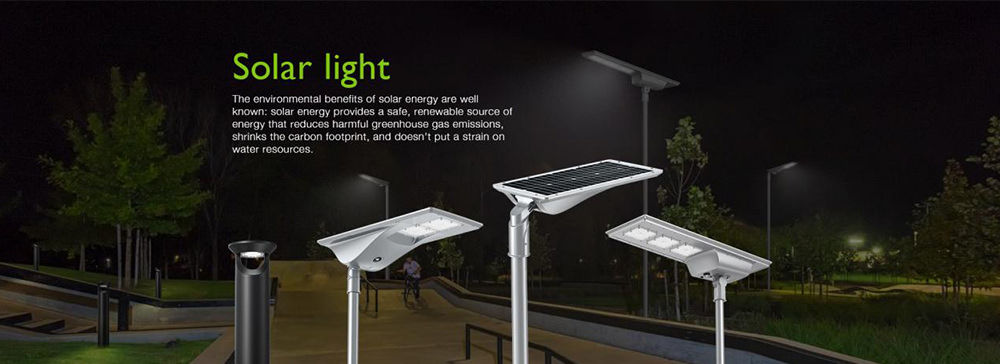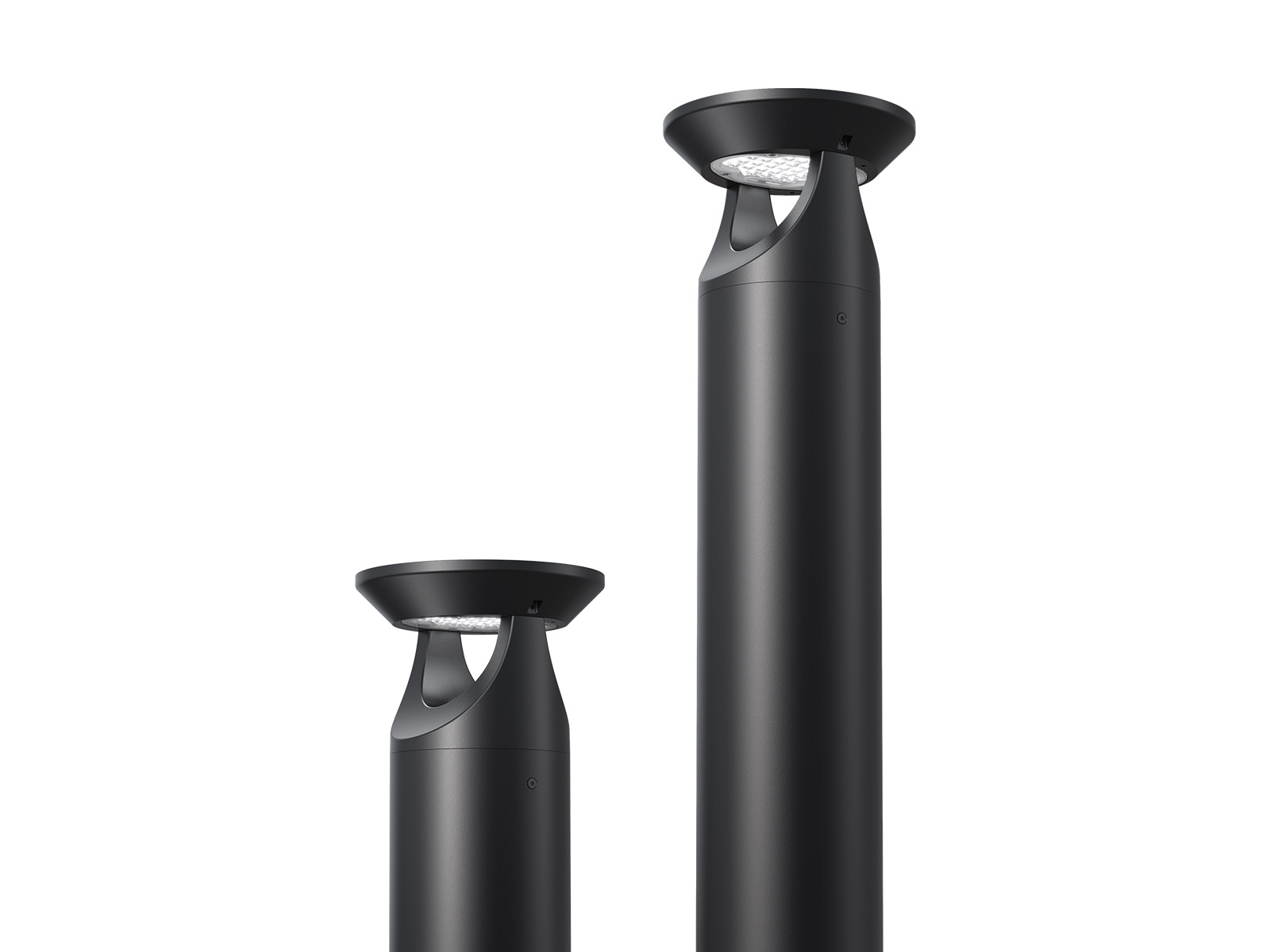Solar lighting offers a sustainable and energy-efficient solution for illuminating various spaces. However, in areas where sunlight is limited, maximizing the effectiveness of solar lights becomes essential. Fortunately, there are several strategies and technologies available to ensure that solar lights can still thrive even in low-sunlight conditions.
Select High-Efficiency Solar Panels
Choosing solar panels with high efficiency is crucial for areas with limited sunlight. High-efficiency panels can generate more power even under low-light conditions, ensuring that the solar light system remains operational throughout the day. Look for monocrystalline or polycrystalline panels, as they tend to have better performance in low-light environments compared to amorphous silicon panels.
Optimize Panel Placement
Proper placement of solar panels is key to maximizing sunlight exposure. In areas with inadequate sunlight, position the panels in locations where they can receive the maximum amount of sunlight possible. This may involve placing them on rooftops, poles, or other elevated structures to avoid shading from nearby buildings or trees. Regularly clean the panels to remove dust, dirt, or debris that can obstruct sunlight absorption.
Utilize Energy Storage Solutions
In low-sunlight areas, it's essential to have efficient energy storage solutions in place to ensure continuous operation, especially during periods of limited sunlight or inclement weather. Incorporating high-capacity batteries into the solar light system allows for the storage of excess energy generated during peak sunlight hours, which can then be utilized during periods of low sunlight or at night.
Implement Intelligent Lighting Control Systems
Intelligent lighting control systems can help optimize energy usage and extend the runtime of solar lights in low-light conditions. These systems use sensors to detect ambient light levels and adjust the brightness of the lights accordingly. By dimming the lights when not needed and increasing brightness when necessary, intelligent control systems ensure efficient utilization of stored energy, thereby maximizing the effectiveness of solar lighting.
Explore Hybrid Solar Solutions
In areas where sunlight is consistently limited, consider hybrid solar lighting solutions that combine solar power with other energy sources, such as wind or grid power. Hybrid systems provide greater reliability and flexibility, ensuring uninterrupted lighting even in challenging environmental conditions. By diversifying energy sources, hybrid solutions can mitigate the impact of low sunlight on the performance of solar lights.

Despite the challenges posed by low-sunlight areas, maximizing the application of solar lights is achievable with the right strategies and technologies in place. By selecting high-efficiency solar panels, optimizing panel placement, utilizing energy storage solutions, implementing intelligent lighting control systems, and exploring hybrid solar solutions, it's possible to harness the power of solar energy effectively, even in environments with limited sunlight. Embracing these approaches not only ensures reliable illumination but also contributes to sustainability and energy conservation efforts. Contact us now If you are facing the challenges described above.
Related video:
related















